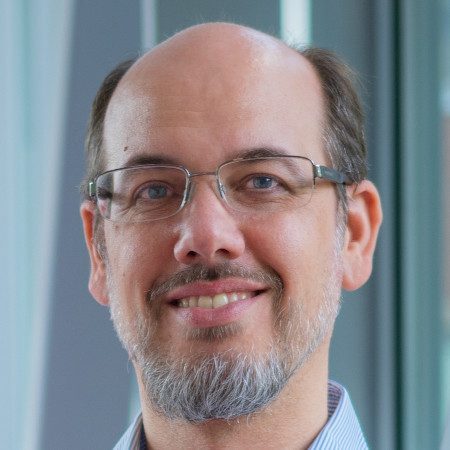Físico, professor adjunto da Universidade Federal do ABC, trabalhou como pesquisador CNR e fez seu pós-doutorado no National Nanotechnology Laboratories do Instituto de Nanociências (Itália), doutorado e mestrado em física na Universidade Estadual de Campinas, físico formado pela Universidade de Brasília. É coordenador do Laboratório de Espectroscopias Óptica e Eletrônica, membro do colegiado do Bacharelado em Física e do programa de Pós-Graduação em Nanociências e Materiais Avançados, membro da Optical Society of America (OSA) atuando no grupo técnico de Optical Cooling and Trapping, é embaixador do Open Researcher and Contributor ID (ORCID). Tem experiência na área de física, com ênfase em Interações da Matéria com a Radiação, atuando principalmente nos seguintes temas: pinças ópticas, espectroscopia, multi-fóton, biofísica, materiais poliméricos, sistemas de pontos quânticos, materiais nano-estruturados, alem de automação e instrumentação.






